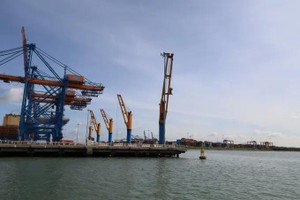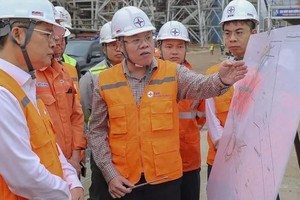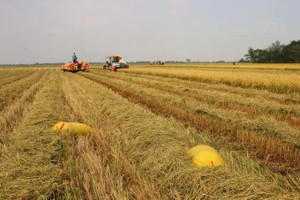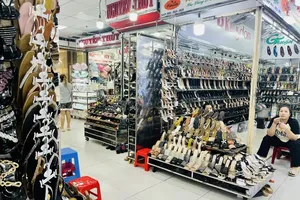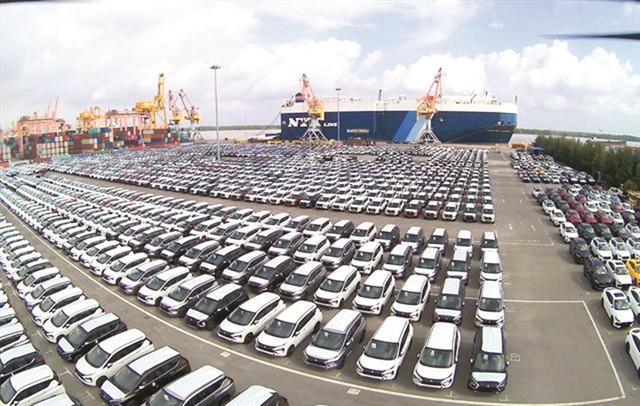 |
Vietnam, with multiple Free Trade Agreements (FTAs) in place, is committed to fulfilling its obligations in the automobile import sector. |
Experts have, however, pointed out that despite its efforts, Vietnam still needs to strike a balance between customs duties and the legal framework for importing automobiles, components, and spare parts.
More time is needed for the country to implement the committed provisions and enhance trade and investment relations with other countries, they said.
As of August 2023, the country has signed 16 Free Trade Agreements (FTA) and is recognised globally as an open economy, according to the Ministry of Industry and Trade.
In the first eight months of 2023, total import turnover of goods reached US$207 billion, down 16.2 percent year-on-year, it said.
There has been a decline in items such as scrap steel, gemstones, precious metals and products, automobile components, and spare parts.
On the other hand, there has been an increase in items such as passenger cars with fewer than nine seats (up 3.6 percent year-on-year).
Vietnam primarily imports Completely Built-Up (CBU) cars from Asian countries.
Indonesia and Thailand are the two largest export markets for Vietnam, accounting for 41.9 percent and 41.5 percent of market share respectively, according to a 2022 report from the General Department of Customs.
China accounts for 10 percent, while the US and EU account for 6.6 percent, according to the report.
Similarly, for automobile components and spare parts, Vietnam mainly imports from South Korea, China, ASEAN countries, and Japan.
South Korea has the largest market share, accounting for 26 percent of the total import turnover of this group of goods nationwide. EU countries have a very small market share (about 1.83 percent).
The discrepancy in market share is primarily due to preferential tariff policies, in addition to geographical advantages and established bilateral and multilateral relations.
Currently, Vietnam applies a zero percent tariff until the end of 2027 for automobile components and spare parts imported from ASEAN countries under the ASEAN Trade in Goods Agreement (ATIGA).
Similarly, many automobile components and spare parts imported from South Korea are also subject to a zero per cent tariff starting from 2022, according to a Government decree issued in 2022.
However, the tariff rates for automobile components and spare parts imported from 27 EU countries are still relatively high.
According to the EU-Vietnam Free Trade Agreement (EVFTA) and UK-Vietnam Free Trade Agreement (UKVFTA), the import duty rates will gradually reduce to a zero percent by 2027.
For example, under EVFTA, car tires are currently subject to a tariff of 12.5 percent in 2023 and will be reduced to a zero per cent tariff by 2027.
Under the UKVFTA, some products will be subject to a zero percent tariff as early as 2025.
In terms of customs clearance for goods, the Government has issued a decree regulating the inspection and certification of technical safety and environmental protection of imported automobiles and components.
This is in line with international conventions of which Vietnam is a member.
The decree, which takes effect from October 1, 2023, prioritises customs clearance for imported automobiles and components that meet certain criteria.
In addition, under the EVFTA, Vietnam will accept the approval label of UNECE attached to imported parts and equipment from the EU and UK in the future.
According to ZF Aftermarket’s assessment, despite differences in import tax rates, Vietnam still has potential for a large market for automobiles and automobile components and spare parts.
The number of new cars on Vietnam’s roads is expected to increase by 10 percent over the next five years, indicating a high demand for purchasing automobile components and spare parts.












